Preface
Acknowledgements
Contents
1 Mathematical Model of the Time-Varying Wireless Channel
1.1 Multi-Path Model
1.2 Coherence Time and Doppler Spread
1.3 Coherence Frequency and Delay Spread
1.3.1 Observations on Figs.1.10 and 1.11
1.4 Relationship Between the Time-Varying Impulse Response of the Base Band and the Bandpass Transmission
1.5 Discrete Complex Base Band Time Varying Channel Model for Wireless Communication
1.6 Fading Channels
1.6.1 Case Study Using Flat Fading Rayleigh Model
1.6.2 Computation of the Probability of Error of the Flat Fading Rayleigh Channel
1.6.3 Case Study Using Flat Rician Fading Model
1.6.4 Computation of Probability of Error for Flat Rician Fading Channel Model
1.6.5 Base Band Single Tap Channel with Known Estimated Filter Coefficient g
1.7 Multiple Input Multiple Output (MIMO) Channel Model
1.7.1 Demonstration of Spatial Multiplexing Using Decoupling of MIMO System
1.7.2 Water Fill Algorithm to Obtain the Maximum Channel Capacity
2 Detection Theory and Estimation Theory for WirelessCommunication
2.1 Detection Theory for Binary Signal Transmission
2.1.1 Bayes Technique
2.1.2 Mini-Max Technique
2.1.3 Neyman–Pearson Technique
2.1.4 Illustration of the Bayes, Mini-Max and Neyman–Pearson Detector for Discrete Channel
2.1.5 Illustration of the Bayes, Mini-Max and Neyman–Pearson Detector for the Additive Gaussian Noise Channel
2.2 Estimation Theory
2.2.1 Wiener Filter
2.2.1.1 FIR Wiener Filter
2.2.1.2 IIR Wiener Filter
2.2.2 Minimum Mean Square Estimation (MMSE)
2.2.3 Minimum Mean Absolute Estimation (MMAE)
2.2.4 Maximum A Posteriori Probability (MAP)
2.2.5 Log-Likelihood Estimation
2.3 Kalman Filter
3 Modulation Techniques in Wireless Communication
3.1 Autocorrelation and the Spectral Density of the Received Base Band Signal Generated by the Pulse p(t)
3.2 Computation of Spectral Density of the Bandpass Signal
3.3 Pulse Shaping for Discrete Communication
3.4 Bandpass Modulation Techniques
3.4.1 Phase Shift Keying
3.4.2 Illustration of the Coherent Correlation Receiver (PSK)
3.4.3 Frequency Shift Keying
3.4.4 Illustration of the Coherent Correlation Receiver (FSK)
3.4.5 Computation of Probability of Error (FSK)
3.4.6 Computation of the Spectral Density of FSK
3.4.7 Minimum Shift Keying
3.4.8 Computation of the Probability of Error of the MSK Modulation
3.4.9 Computation of Spectral Density of MSK Signal
3.4.10 Quadrature Phase Shift Keying
3.4.11 Computation of the Probability of Error of the QPSK Signal
3.4.12 Computation of Spectral Densityof the QPSK Signal
3.5 Orthogonal Frequency Division Multiplexing (OFDM)
3.5.1 Illustration of OFDM Signal
3.5.2 Cyclic Prefix in OFDM
3.6 Coherent Versus Non-coherent Receiver
3.6.1 Computation of the Probability of Error for the Non-coherent Detection
3.6.2 Non-coherent Detection Using Matched Filter and Envelope Detector
3.7 Code Division Multiple Access
3.8 Diversity Techniques for Receiver
3.8.1 Spatial Diversity
3.8.2 Time Diversity
List of m-Files
Index
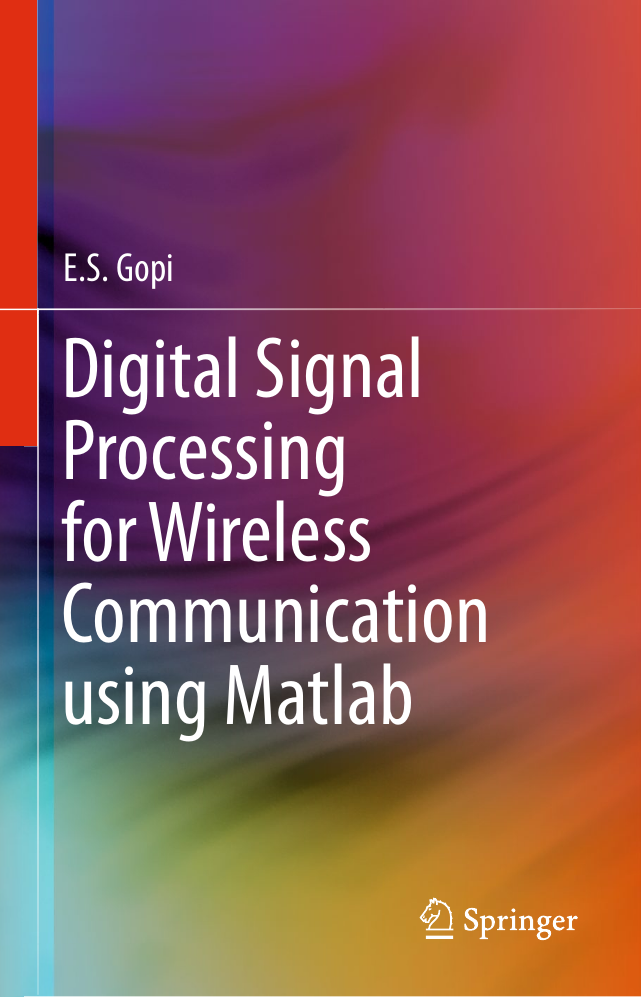
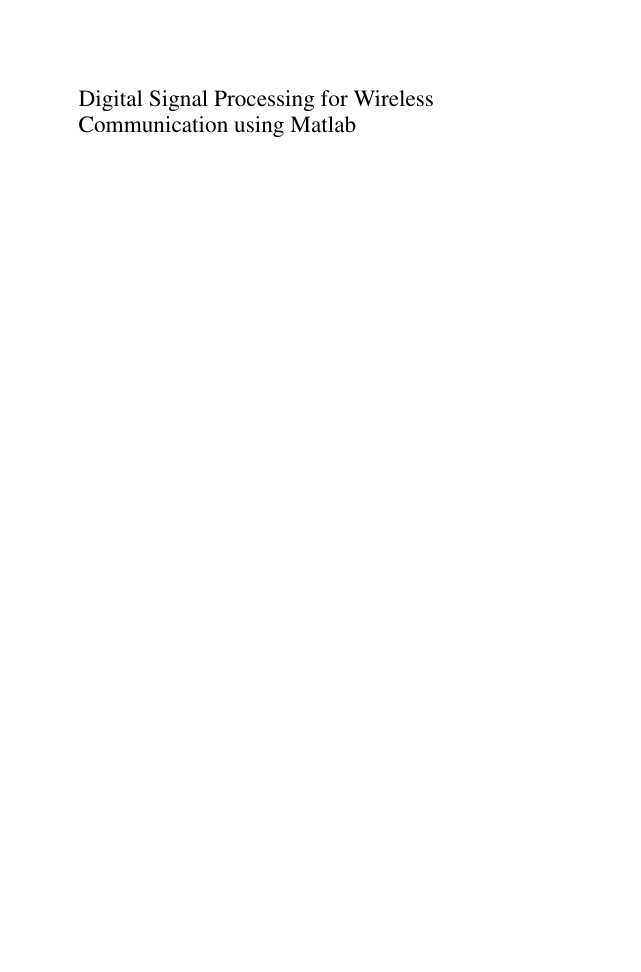

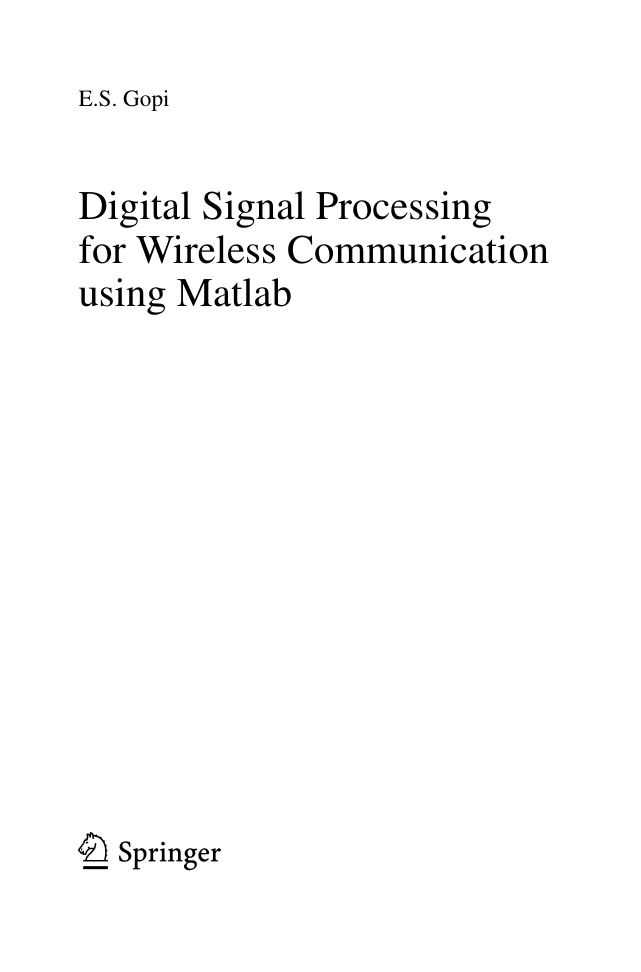
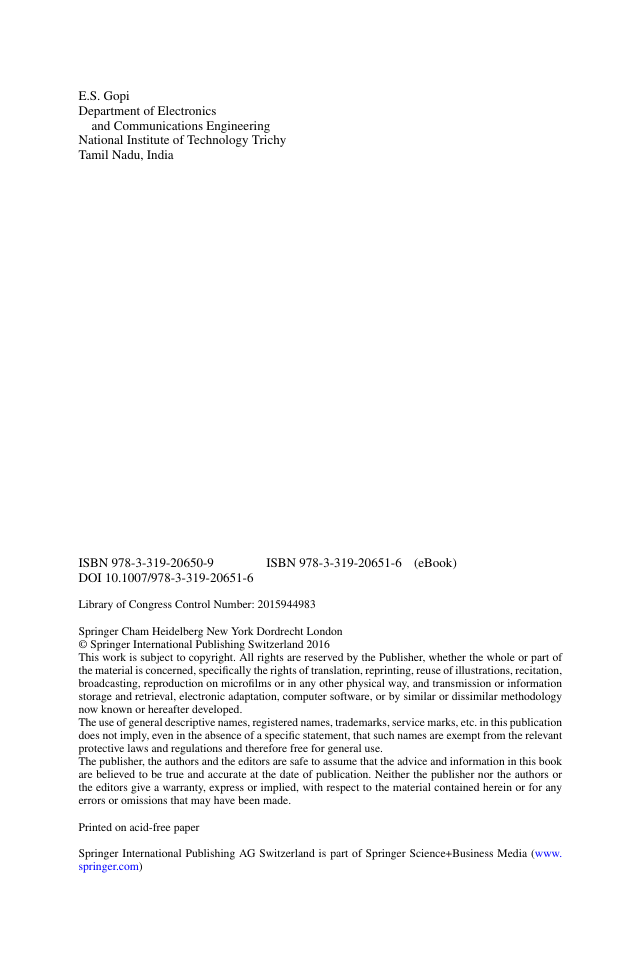
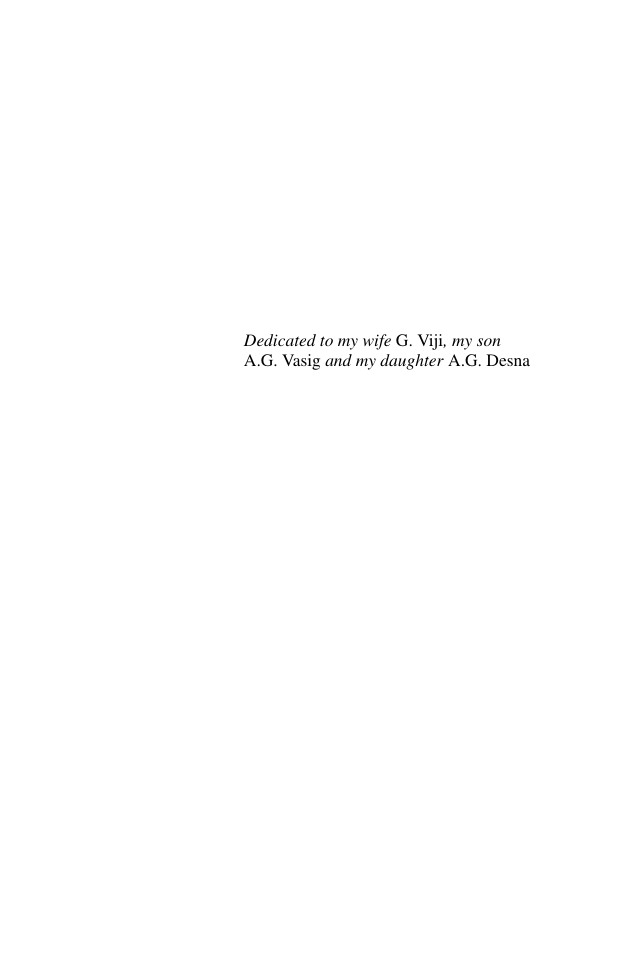










 2023年江西萍乡中考道德与法治真题及答案.doc
2023年江西萍乡中考道德与法治真题及答案.doc 2012年重庆南川中考生物真题及答案.doc
2012年重庆南川中考生物真题及答案.doc 2013年江西师范大学地理学综合及文艺理论基础考研真题.doc
2013年江西师范大学地理学综合及文艺理论基础考研真题.doc 2020年四川甘孜小升初语文真题及答案I卷.doc
2020年四川甘孜小升初语文真题及答案I卷.doc 2020年注册岩土工程师专业基础考试真题及答案.doc
2020年注册岩土工程师专业基础考试真题及答案.doc 2023-2024学年福建省厦门市九年级上学期数学月考试题及答案.doc
2023-2024学年福建省厦门市九年级上学期数学月考试题及答案.doc 2021-2022学年辽宁省沈阳市大东区九年级上学期语文期末试题及答案.doc
2021-2022学年辽宁省沈阳市大东区九年级上学期语文期末试题及答案.doc 2022-2023学年北京东城区初三第一学期物理期末试卷及答案.doc
2022-2023学年北京东城区初三第一学期物理期末试卷及答案.doc 2018上半年江西教师资格初中地理学科知识与教学能力真题及答案.doc
2018上半年江西教师资格初中地理学科知识与教学能力真题及答案.doc 2012年河北国家公务员申论考试真题及答案-省级.doc
2012年河北国家公务员申论考试真题及答案-省级.doc 2020-2021学年江苏省扬州市江都区邵樊片九年级上学期数学第一次质量检测试题及答案.doc
2020-2021学年江苏省扬州市江都区邵樊片九年级上学期数学第一次质量检测试题及答案.doc 2022下半年黑龙江教师资格证中学综合素质真题及答案.doc
2022下半年黑龙江教师资格证中学综合素质真题及答案.doc